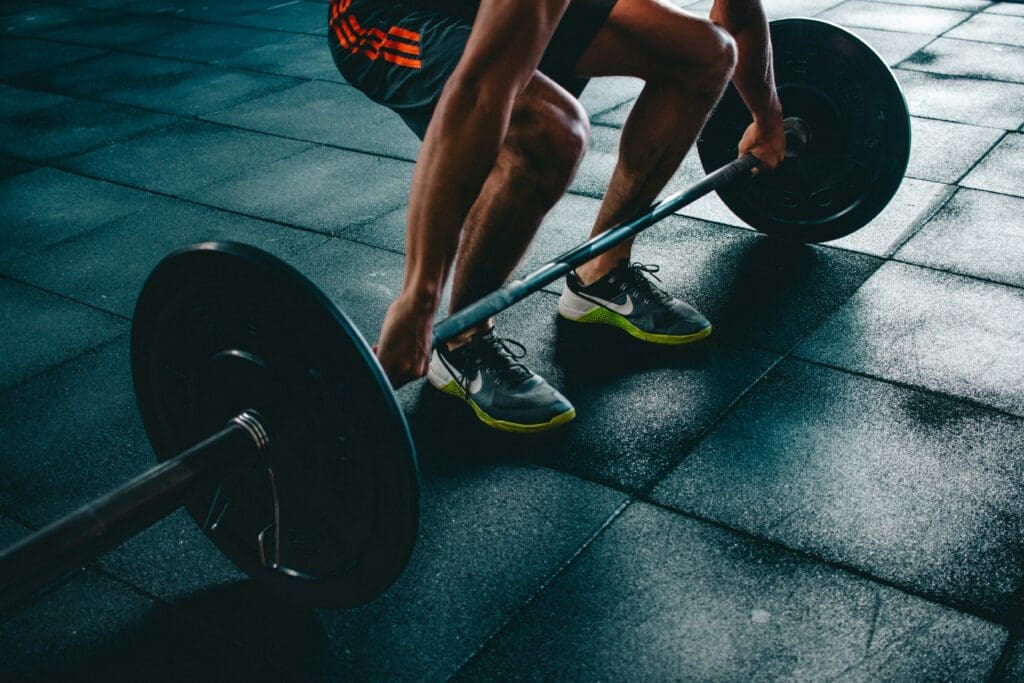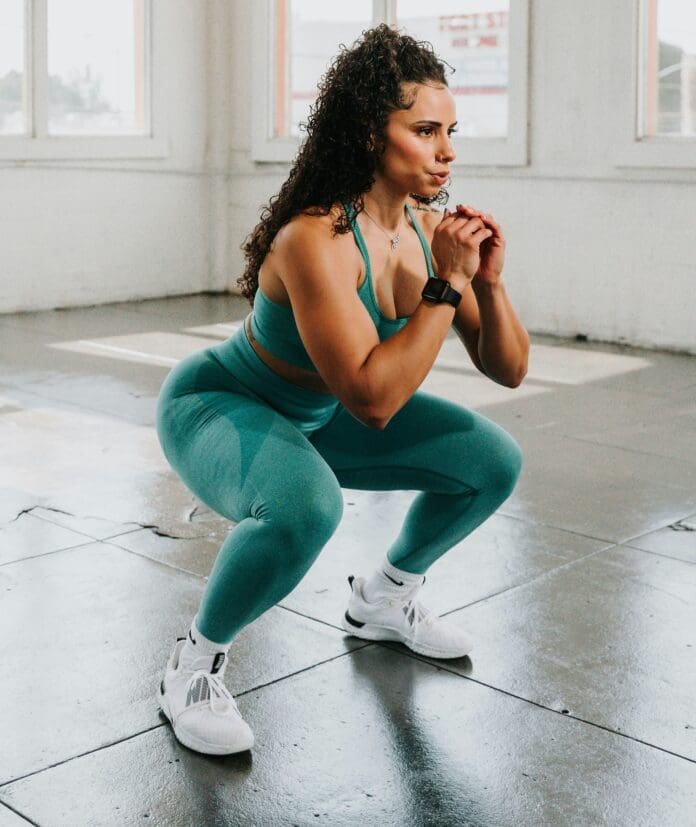Leg Exercises and Their Importance:
The Importance of Leg Exercises for overall leg strength and muscle growth, consider incorporating leg exercises like squats, deadlifts, lunges, and leg press, along with variations and unilateral exercises.
Here’s a breakdown of effective leg exercises, categorized for different muscle groups and equipment:
Compound Leg Exercises (Great for overall strength and muscle growth):
Types of Squats: The Importance of Leg Exercises
Back:
Firstly a classic for building leg strength in the quads, glutes, and hamstrings.
Front:
Emphasize the quads more than back squats.
Goblet:
Good for improved form and stability.
Bulgarian Split:
Excellent for building leg strength and balance in one leg at a time.
In fact these are all great types of squats.
Types of Deadlifts: The Importance of Leg Exercises
Conventional Deadlifts:
A full-body exercise that targets the entire posterior chain.
Sumo Deadlifts:
Focus on the glutes and hamstrings.
Romanian Deadlifts (RDLs):
Target the hamstrings and glutes, with a focus on the hinge movement.
Moreover these are all great types of deadlifts.

Types of Lunges: The Importance of Leg Exercises
Forward Lunges:
A great way to work the quads and glutes.
Reverse Lunges:
Can be easier on the knees than forward lunges.
Lateral Lunges:
Targets the inner and outer thighs.
Leg Press:
Finally a machine based leg exercise that allows for heavy loading and is a good alternative to squats.
In fact these are all great types of lunges.
Unilateral Leg Exercises (Good for balance and stability):
Single-Leg Deadlifts:
Firstly these build strength and balance in one leg at a time.
Step-Ups:
Work the quads, glutes, and hamstrings while improving stability.
Walking Lunges:
Finally one dynamic exercise that targets the entire leg.
Isolation Leg Exercises (Good for targeting specific muscle groups):
Leg Extensions:
Doing them puts the focus on the quadriceps.
Leg Curls:
In addition these target the hamstrings.
Hip Thrusts:
Another excellent exercise. They build your glute strength and power.
Glute Bridges:
Indeed a perfect exercise for activating the glutes without the need for equipment.
Calf Raises:
Finally these target the calf muscles.
Bodyweight Leg Exercises (Great for beginners and for workouts without equipment):
Squats:
Lunges:
Glute Bridges .
Pistol Squats:
Jump Squats .
Jumping Lunges .
Box Jumps .
Moreover these are all good bodyweight leg exercises.
Tips for Effective Leg Exercises for Training: The Importance of Leg Exercises
Focus on proper form:
Firstly ensure you’re using good form to avoid injuries and maximize muscle activation.
Progressive overload:
Also gradually increase the weight, reps, or sets over time to continue making progress.
Listen to your body:
Don’t push yourself too hard, especially when starting out.
Warm-up properly:
Furthermore, prepare your muscles for the workout with a dynamic warm-up.
Cool-down and stretch: The Importance of Leg Exercises
Finally this helps your muscles recover and improve flexibility.

